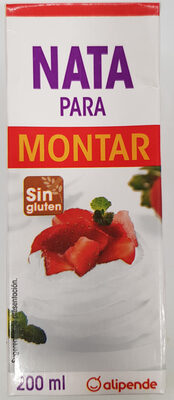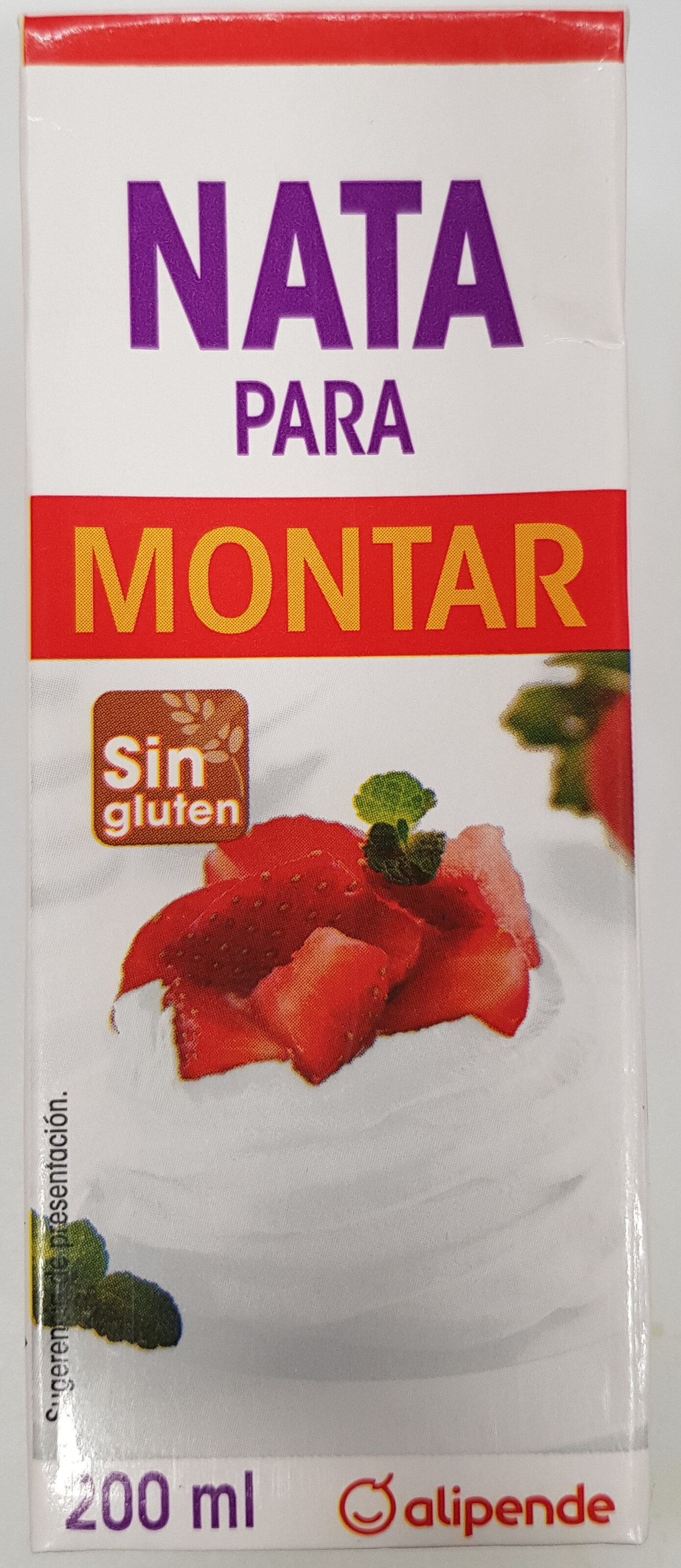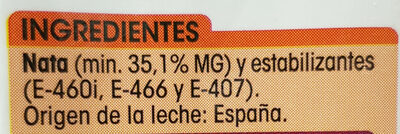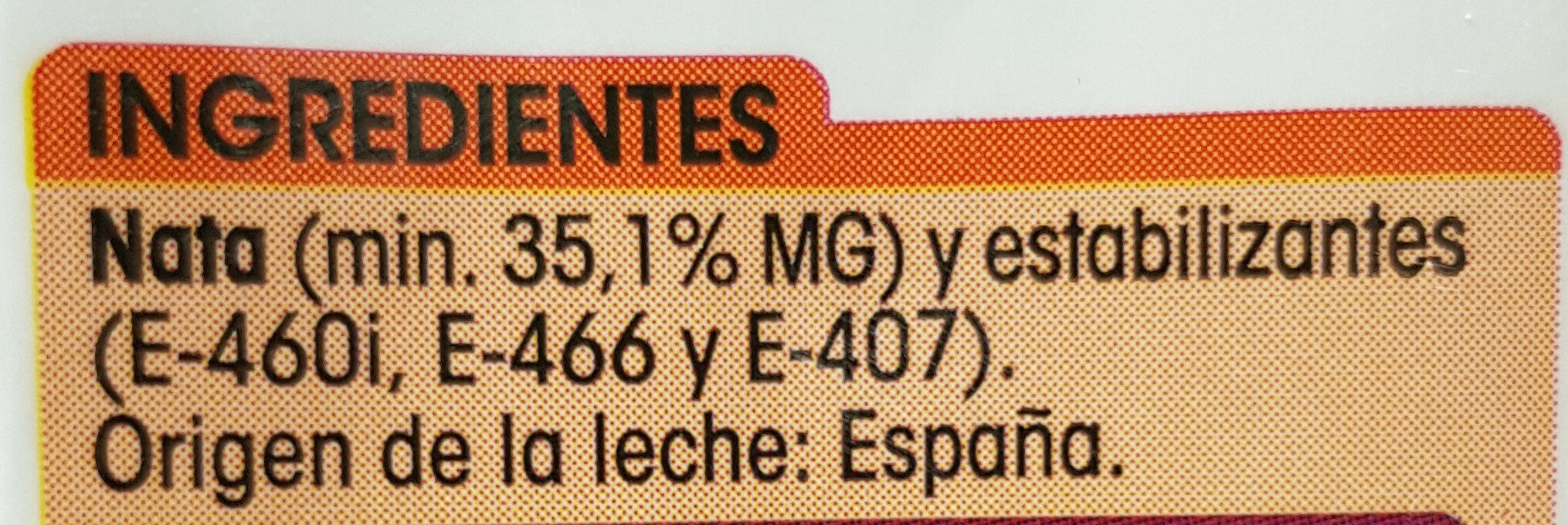Nata para montar - Alipende - 200 ml
This product page is not complete. You can help to complete it by editing it and adding more data from the photos we have, or by taking more photos using the app for Android or iPhone/iPad. Thank you!
×
Barcode: 8421691672734 (EAN / EAN-13)
Quantity: 200 ml
Packaging: Tetra Pak, es:FSC C014047, es:FSC Mixto
Brands: Alipende
Labels, certifications, awards: No gluten
Origin of ingredients: Spain
Manufacturing or processing places: Madrid, España
Traceability code: ES 15.0000002/GR CE
Stores: Ahorramás
Countries where sold: Spain
Matching with your preferences
Environment
Carbon footprint
Packaging
Transportation
Report a problem
Data sources
Product added on by marcosgdf
Last edit of product page on by packbot.
Product page also edited by alexrios, kiliweb, openfoodfacts-contributors, yuka.BrJlE-XUEM8PBMTPz6wU1xfiH8HyLO9hEWQyog, yuka.ZnBJckU2c0NoOU1qbmZZM3hpN3Y0b0p6eTQyaWZXcWxNdlk2SUE9PQ.










